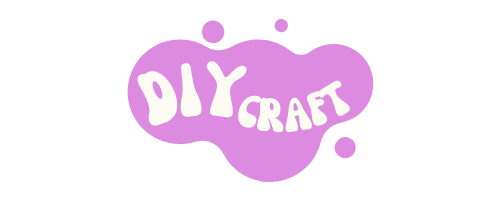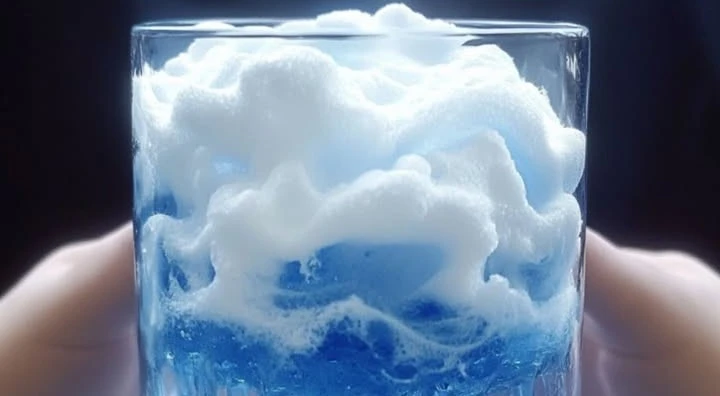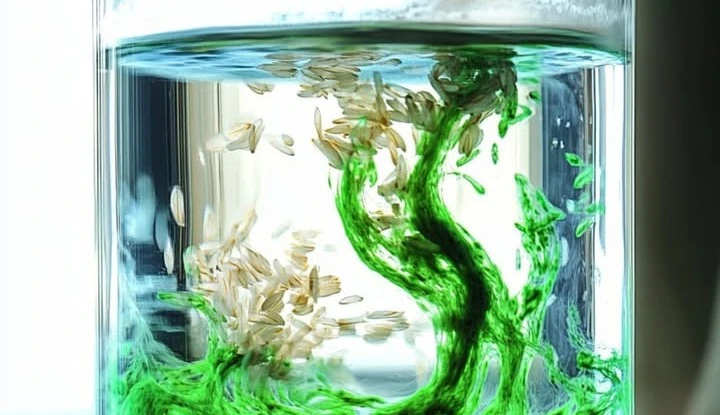Shaving Cream Water Experiment: A Fun and Colorful Science Activity for Kids
Are you looking for an engaging science experiment that is not only entertaining but also educational for your kids? The shaving cream water experiment is a fantastic choice! This hands-on activity combines colors, textures, and the basic principles of density and absorption, making it a perfect project for children of all ages. In this article, we will present the ingredients needed, the step-by-step instructions for the experiment, and a range of additional insights such as tips, benefits, and storage suggestions.
Table of Contents
Ingredients
For this colorful and creative experiment, you will need the following simple ingredients:
- Shaving cream (preferably whipped foam type)
- Water
- Food coloring in various colors
- A clear container (such as a glass or a clear plastic cup)
- A dropper or pipette (optional but useful for adding precision)
These ingredients are easy to find and are usually available at home, making it a convenient option for parents and educators alike.
Instructions
To embark on this exciting science adventure, follow these straightforward instructions:
Prepare Your Container: Start by filling your clear container about two-thirds full with water. This will serve as the base for your experiment and will allow you to see the effects of the shaving cream and food coloring.
Add Shaving Cream: Gently squirt a layer of shaving cream on top of the water. Make sure to cover the surface completely—this layer mimics clouds in the sky and will hold the colors later.
Prepare the Food Coloring: Using a dropper or pipette, carefully add drops of food coloring to the top of the shaving cream. You can experiment with different colors and patterns. This step creates a visual representation of rain falling from clouds.
Observation: Watch closely as the food coloring begins to seep through the shaving cream. You’ll notice how the colors mix and swirl, creating a beautiful, captivating display. Encourage your kids to observe the process and discuss what they see.
Extend the Experiment: As the colors blend, you can encourage additional observations or even changes in methods—like adding more food coloring or adjusting the amount of shaving cream.
This simple yet mesmerizing experiment illustrates concepts of absorption and density in a fun and interactive way.
Benefits of This Craft
The shaving cream water experiment offers various benefits that go beyond visual enjoyment. Here are some key advantages of this craft:
Educational Value: This experiment introduces basic science concepts, such as density, absorption, and chemical reactions, in a hands-on way that is easy for children to grasp. It fosters curiosity and encourages scientific inquiry.
Enhances Creativity: Children can express their artistic flair by choosing different colors and patterns, making each experiment unique. This creative aspect can enhance their problem-solving skills and boost self-confidence.
Promotes Sensory Exploration: The tactile experience of interacting with shaving cream and watching colors mix provides sensory stimulation. This kind of exploration is crucial in early childhood development.
Encourages Collaboration: This activity is perfect for group settings, whether at home or in a classroom. Kids can collaborate and share their observations, fostering teamwork and communication skills.
Tips for a Successful Experiment
To ensure that your shaving cream water experiment is a success, consider the following tips:
Use Clear Containers: Choose clear containers so that children can easily observe the water, shaving cream, and food coloring. This visibility enhances the learning experience.
Experiment with Colors: Provide a variety of food coloring options to encourage kids to create different color combinations. Discuss the color wheel and how colors can mix to create new hues.
Proper Application of Shaving Cream: When adding shaving cream, try to make it fluffy and light, similar to real clouds. This will better hold the food coloring and enhance the visual experience.
Encourage Questions: Prompt children to ask questions about what they see. Why does the color sink or float? How does it change over time? Encouraging curiosity will deepen their understanding.
What Does It Taste Like?
While the shaving cream water experiment provides a fantastic visual display, it is important to note that the ingredients are not meant to be consumed. Shaving cream is a personal care product, and although some are non-toxic, they are not intended for ingestion. Therefore, it is essential to supervise children closely during the experiment and explain that this activity is purely for observation and enjoyment.
How to Store
After completing the experiment, you may wonder how to store any leftover materials. Here are a few tips for storage:
Shaving Cream: If you have any leftover shaving cream, simply replace the cap and store it in a cool, dry place. Be sure to check the expiration date as some products may have a limited shelf life.
Food Coloring: Store any unused food coloring in its original container and keep it in a cool, dark place. Food coloring tends to last for a long time if kept away from direct sunlight.
Containers: Clean your clear containers with warm soapy water to prevent any staining from the food coloring. Allow them to dry before reusing them.
The shaving cream water experiment is a fun and educational way to introduce scientific concepts to children while allowing them to unleash their creativity. With minimal ingredients and straightforward instructions, this activity provides a unique opportunity for hands-on learning and sensory exploration. Engage your kids with this colorful experiment, and watch as they marvel at the beauty of science in action.
FAQ
Can I use any type of shaving cream?
While most shaving creams can work for this experiment, it is recommended to use the whipped foam type for the best results. Avoid gel-based products as they do not provide the same effect.
Is this experiment safe for young children?
Yes, the ingredients used in this experiment are generally safe for young children. However, it is advised to supervise them closely, especially since shaving cream is not meant for consumption.
What happens if I add too much food coloring?
Adding too much food coloring may result in a less vibrant display as the colors can become muddled or too dark. Balance is key, so experiment with different amounts to see what works best!
Can this experiment be done outdoors?
Yes, this experiment can be done outdoors as long as you have a designated area to contain any mess. Just make sure to consider the wind if you are working with food coloring, as it can easily blow away.
How can I adapt this experiment for older children?
For older children, you can introduce additional scientific concepts such as pH levels by using vinegar and baking soda reactions alongside the color mixing, or even discuss more advanced topics like the science of clouds and precipitation.


